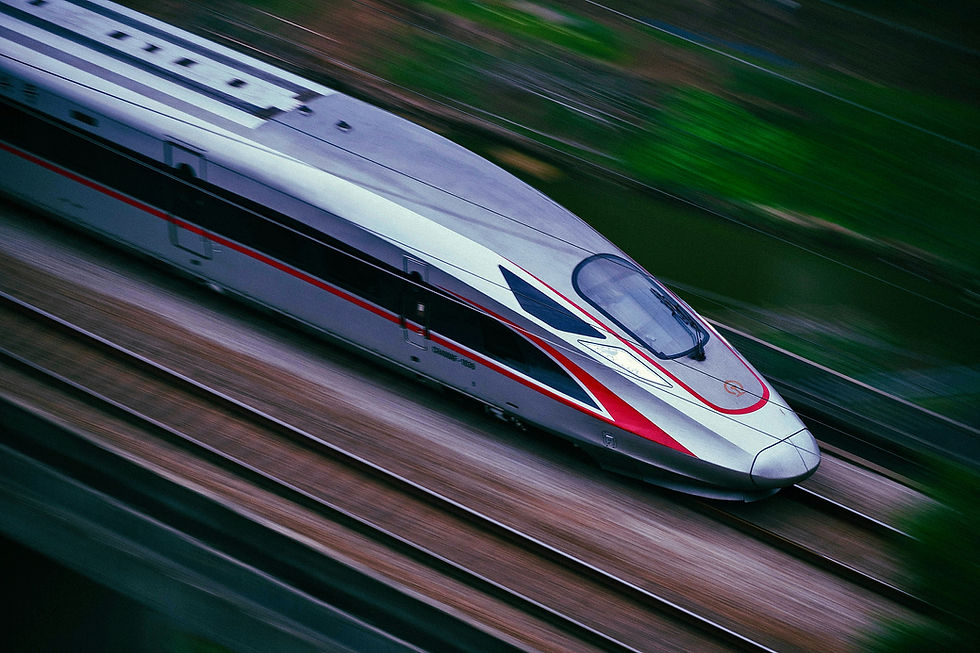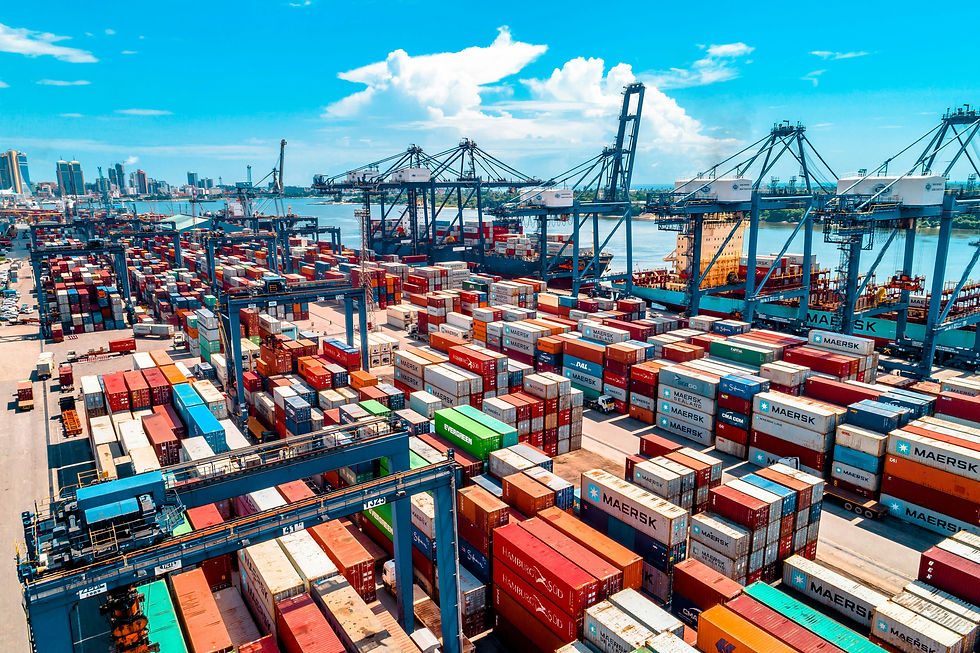🚄 Canada’s Bullet Train: What the Toronto–Montreal High-Speed Rail Means for Logistics and Trade
- Sean Menezes

- Jul 25
- 2 min read
A Game-Changer in Canadian Infrastructure
Canada is finally going full speed ahead with a historic high-speed rail project that will reshape how people and goods move across Eastern Canada.
Dubbed "Alto," this bullet train line between Toronto and Quebec City (via Ottawa and Montreal) promises to transform regional connectivity — and its ripple effects will extend well beyond passengers. For the logistics sector, it marks a significant evolution in multi-modal transport efficiency, green infrastructure, and economic access.

Project Snapshot: The “Alto” High-Frequency Rail (HFR)
Route: Toronto → Peterborough → Ottawa → Montreal → Quebec City
Top Speed: Up to 300 km/h
Travel Time: Toronto to Montreal in ~2 hours (vs. 5 hours today)
Target Completion: 2035
Consortium: The Cadence Group (SNC-Lavalin, CDPQ Infra, Systra)
Total Investment: CAD $10–15 billion

Logistics Impacts: Why It Matters
1. Faster Intermodal Handoffs
While the train is designed for passengers, its presence will relieve pressure from highways and regional flights — allowing freight corridors to flow more freely. Faster intermodal connections (especially near hubs like Ottawa and Montreal) create new opportunities for time-sensitive deliveries and optimized LTL freight.
2. Urban Sprawl = New Demand Centers
Stations in smaller cities like Peterborough and Trois-Rivières will become logistics micro-hubs. As these regions develop, demand for last-mile, warehousing, and distribution services will grow — especially for e-commerce and temperature-sensitive freight.
3. Green Transport = New Regulatory Landscape
Canada’s logistics sector is under pressure to decarbonize. The bullet train aligns with national goals to reduce emissions and shift freight volumes to cleaner infrastructure. Even if Alto doesn’t carry cargo, it represents a policy pivot toward electrified logistics — and service providers will need to adapt.
Economic & Strategic Implications
50,000+ jobs created in construction, operations, and engineering
Estimated CAD $27B+ in long-term economic benefits
Major uplift for regional tourism, tech talent mobility, and urban development
Improves resilience in the Quebec–Toronto trade corridor
Investing in the Future: What Companies Should Watch
Construction & Engineering: SNC-Lavalin (Atkins Réalis), WSP Global
Tech & Mobility: Siemens, Alstom, Hitachi Rail (for future public-private bids)
Real Estate/Logistics: Industrial land near stations will appreciate
Infrastructure Supply Chains: Ports, rail links, clean energy providers

Final Thoughts
The Alto bullet train is more than a transit project — it’s a signal that Canada is ready to compete with global infrastructure giants. For freight forwarders, 3PLs, and supply chain professionals, it opens the door to smarter, faster, and cleaner logistics across the nation.
As this project breaks ground in 2025 and scales through 2035, logistics leaders who align early with this transformation will be best positioned to grow in a more connected and sustainable Canada.



